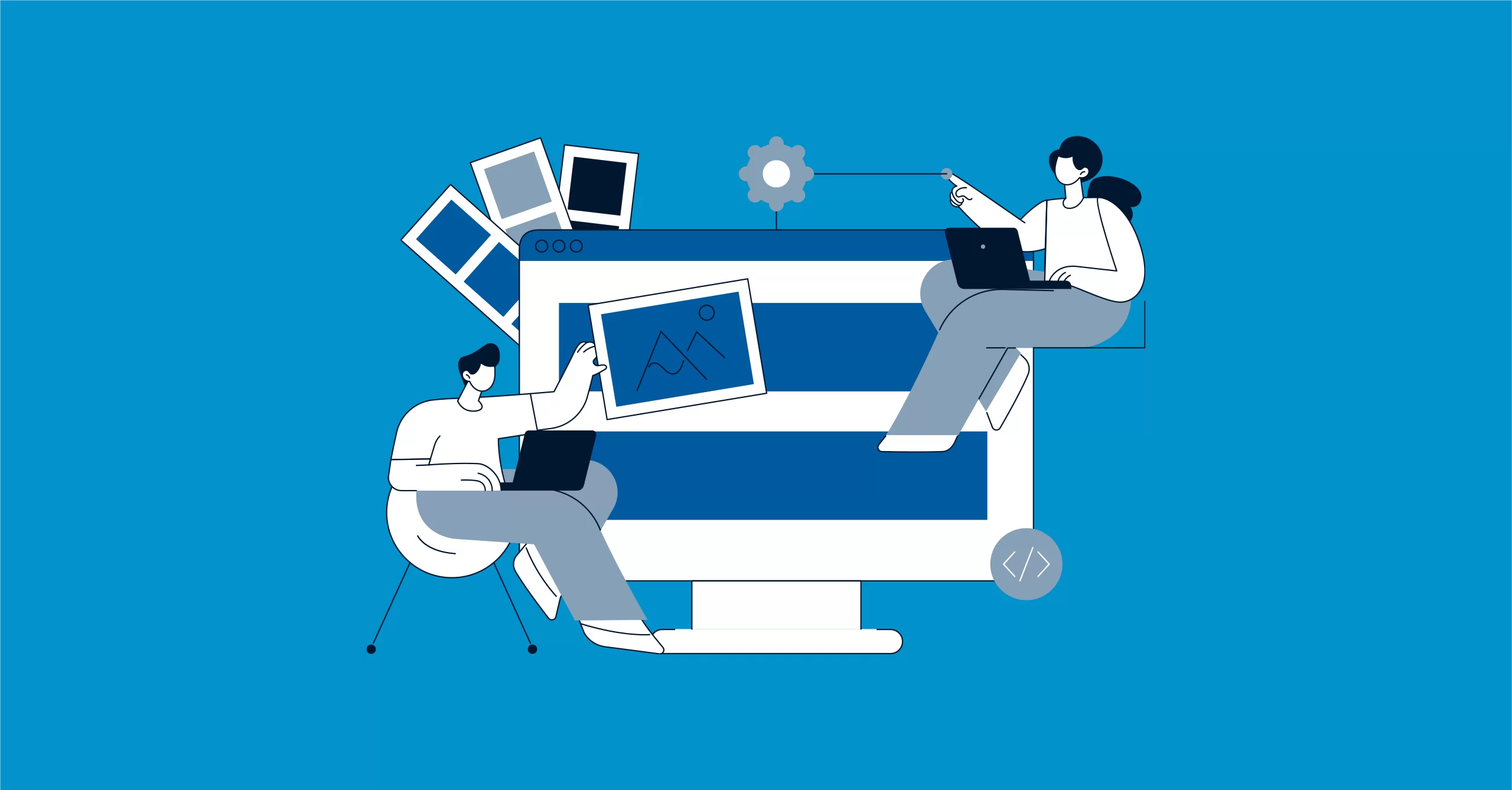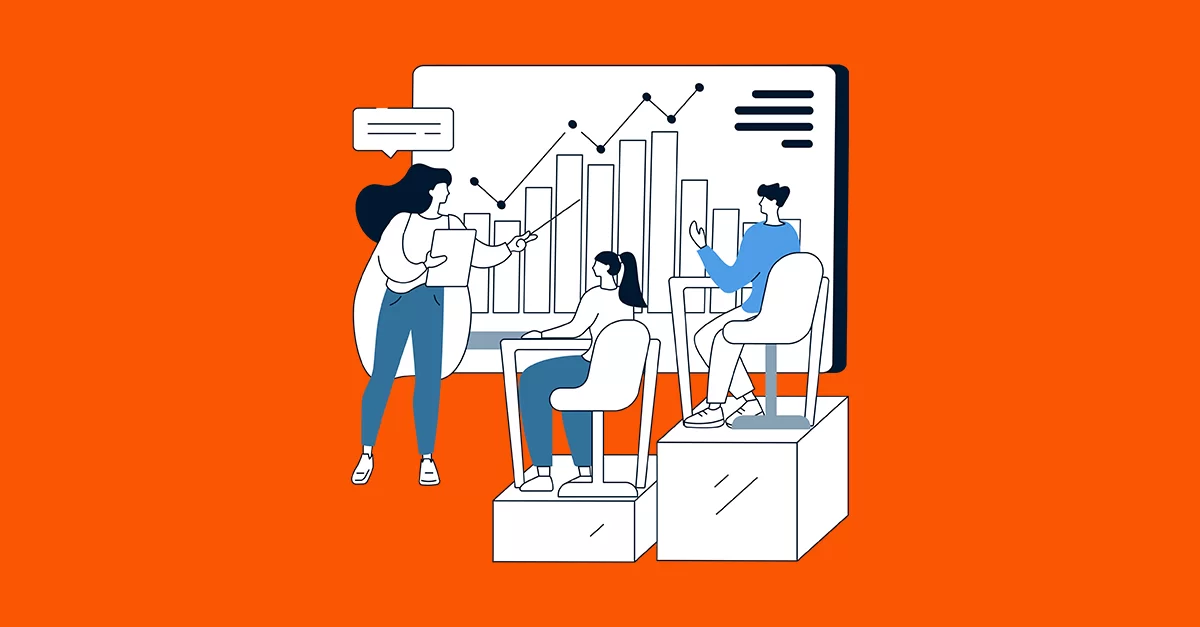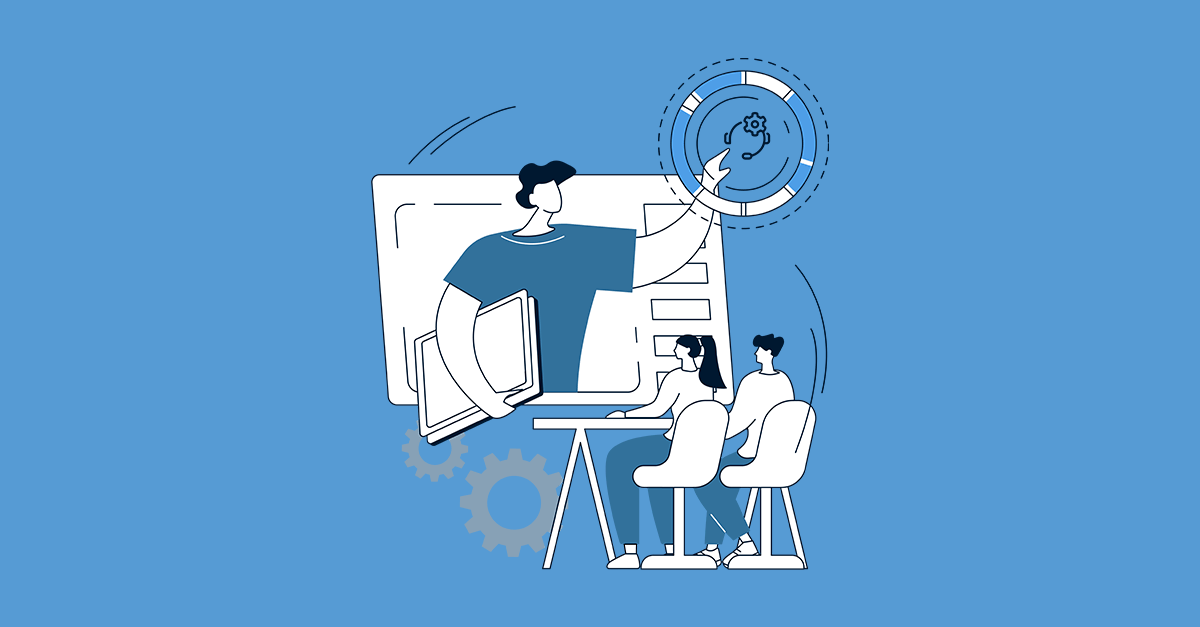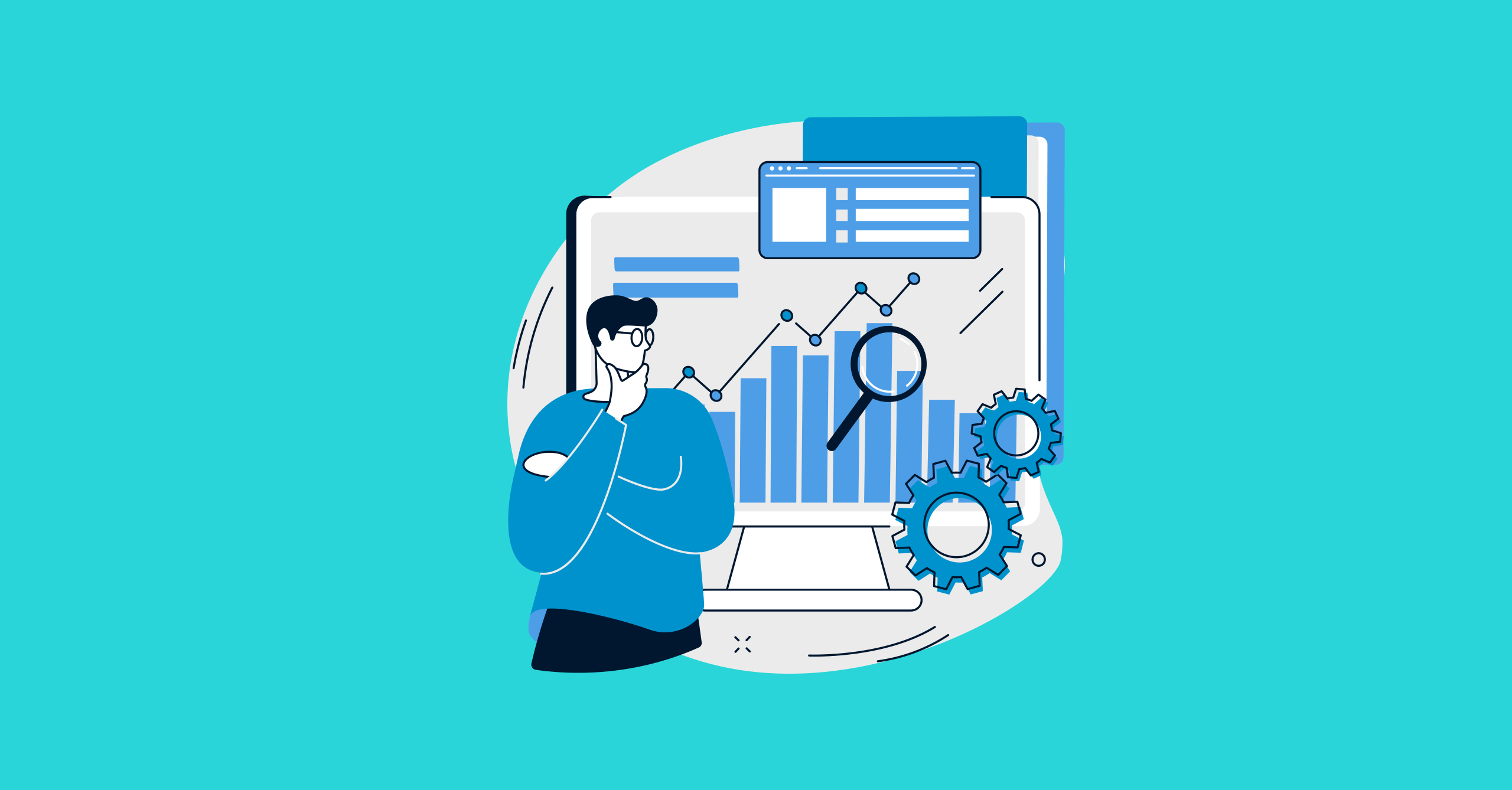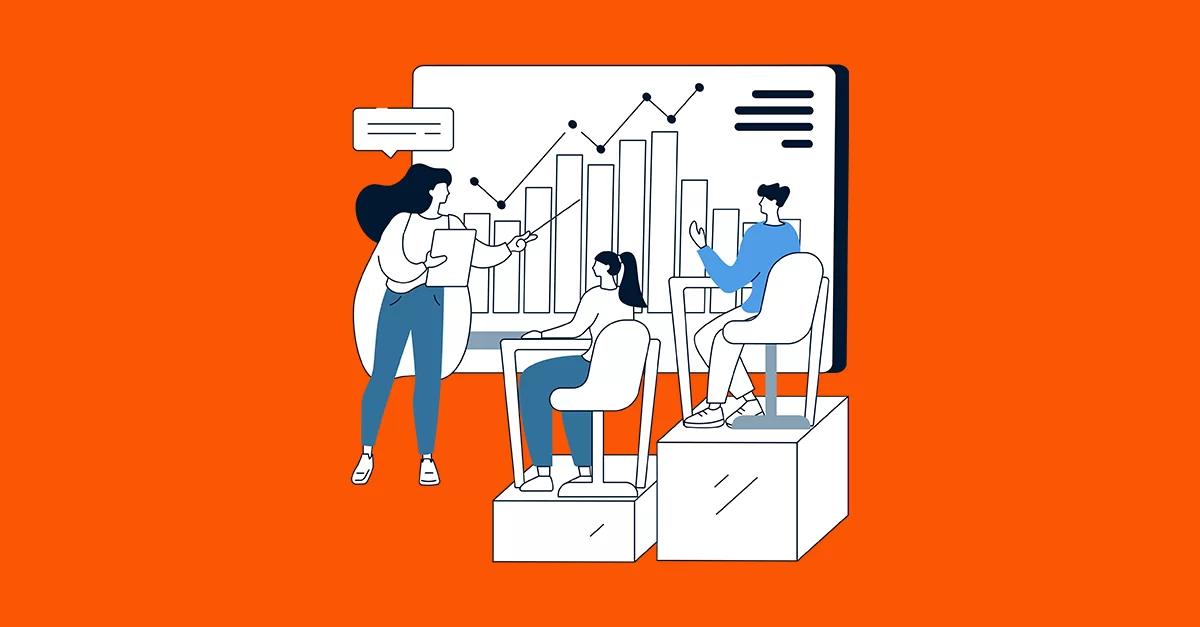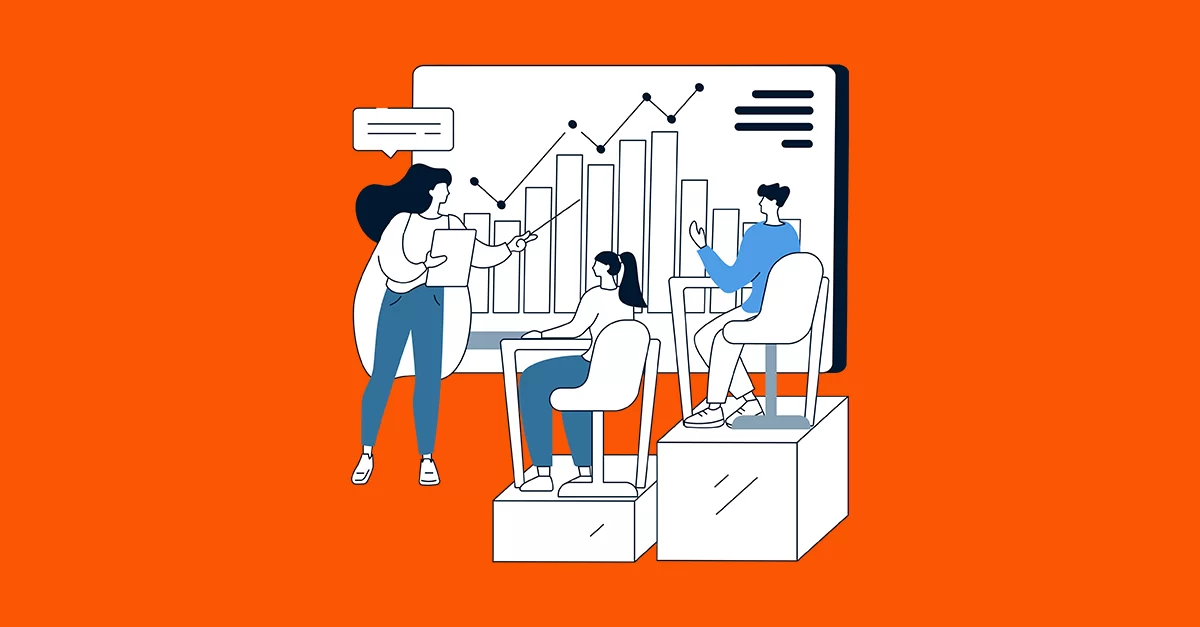
For modern businesses, customer satisfaction is no longer just about providing “good service”; it’s about measurable and reliable commitments defined within Service Level Agreement (SLA). What is a Customer-Based SLA? It is a service agreement tailored to the unique needs of each customer. In this SLA model, technical metrics such as service duration, response and resolution times, and priority levels are defined per customer; while within ITSM (IT Service Management) processes, responsibilities and performance indicators are clearly outlined.
With a well-structured Customer-Based SLA, IT service management gains operational efficiency, and customer satisfaction increases significantly.In this blog, we will first explain what an SLA is with practical examples; then dive deeper into what is Customer-Based SLA means, how to manage it effectively, and its role in IT service management.
Looking for measurable performance and uninterrupted service in Customer-Based SLA management?
Empower your ITSM with SPIDYA ITSM — optimize response and resolution times, automate processes, and secure customer satisfaction!
What is an SLA (Service Level Agreement)?
A Service Level Agreement (SLA) is a formal commitment between a provider and a customer that defines the quality, continuity, and technical performance of the services to be delivered.
An SLA typically includes key service metrics such as service availability, maintenance intervals, response time, resolution time, and support tiers. Within the scope of IT Service Management (ITSM), SLAs clarify the expected service standards, prevent miscommunication and disputes, and provide measurable criteria for performance tracking and continuous improvement.
Without an SLA, customer expectations remain uncertain; with an SLA, these expectations are clearly governed and controlled.
What is Customer-Based SLA?
What is Customer-Based SLA (Service Level Agreement)? is a service level agreement specifically tailored for an individual customer or a defined customer group. In this model, the agreement is customized to match the customer’s unique business needs, usage intensity, critical infrastructure, and operating hours.
For example, when defining what is Customer-Based SLA includes, a healthcare organization might require very short resolution times — such as 1 hour for critical module failures — while less urgent support requests may allow 4–8 hours. Compared to standard SLAs, metrics such as service availability, response time, and resolution time are stricter and more customer-focused. The agreement also details priorities, communication channels (phone, email, live chat), escalation protocols, and acceptable downtime thresholds.
By implementing a well-structured Customer-Based SLA, service providers can deliver tailored reliability and build stronger customer satisfaction and loyalty, while IT Service Management (ITSM) teams gain flexibility in reviewing and updating SLA terms as customer needs evolve.
How to Improve Your Customer-Based SLA Management
When exploring what is customer based SLA, it’s not enough to just understand the definition — you also need to know how to actively manage and improve it. Here are key actions to take:
- Conduct a Comprehensive Needs Analysis: (h3)
Identify each customer’s business priorities and critical services. This analysis helps you set accurate values for metrics such as service duration and resolution time. - Build Responsive Monitoring & Reporting Infrastructure:
Use IT Service Management (ITSM) tools and real-time monitoring systems to track SLA breaches instantly. Continuously measure performance indicators like response times and resolution times, and support them with customer satisfaction surveys. - Define Clear Escalation Procedures:
Document how issues should be escalated to senior management or specialized teams when critical thresholds are reached. The timelines defined in escalation processes are a vital part of any consumer-based SLA. - Perform Regular Reviews and Revisions:
Customer needs may evolve due to changes in workload, seasonality, or technology infrastructure. Review your service level agreements at least annually, and more frequently for large consumer-based SLAs. - Set Clear Expectations and Stay Transparent:
Document and communicate details such as service hours, response and resolution times, support channels, satisfaction metrics, and penalty/reward clauses. Both provider and customer should have full clarity.

The Role and Benefits of Customer-Based SLAs in IT Service Management
In IT Service Management (ITSM), the role of customer-based SLAs is critical. First, these SLAs help IT organizations align directly with customer expectations. Metrics such as service hours, response times, and resolution times not only improve technical performance but also ensure the services delivered create real business value. They also increase accountability and transparency: if any part of the SLA agreement is breached, compensation or corrective actions can be triggered, which strengthens customer trust.
One of the main benefits is higher customer satisfaction. When clients see that promised service levels and quality are consistently met, their loyalty grows. Another key advantage is minimizing the impact of crises or service disruptions. With predefined SLA metrics, IT teams can detect and respond to potential issues early, reducing downtime and delays.
To learn more about SLA metrics, check out our blog post: “What Is Service Level Agreement Performance and How to Measure It?”
Finally, what is customer-based SLA means make it possible to optimize costs and resources. Because the service levels are tailored to each customer, IT departments can allocate resources more efficiently, know what’s critical, and focus on the most important tasks.
